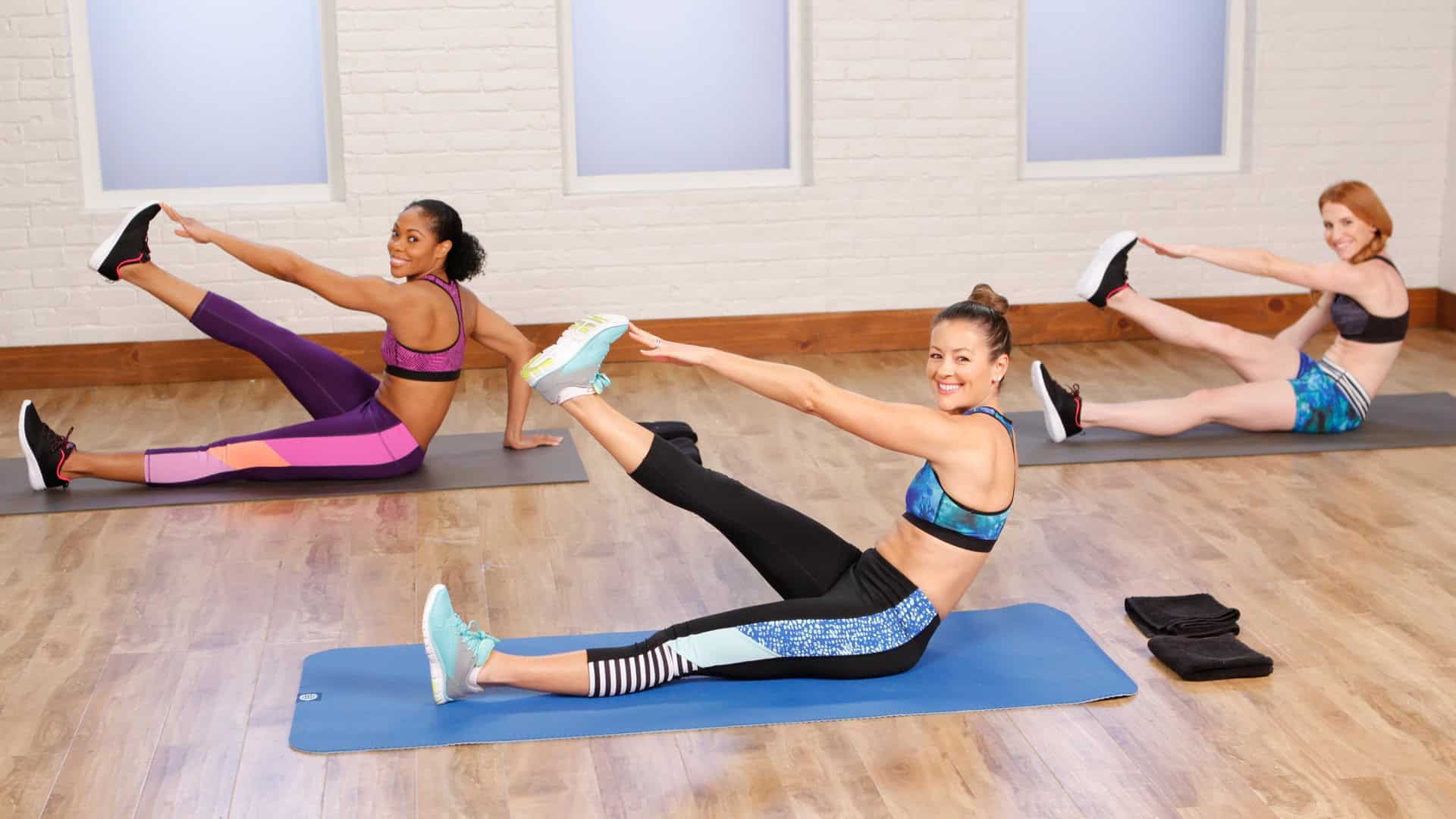Whether you know it or not, we use our muscles to perform isotonic and isometric muscle contractions daily. If you are hearing these terms for the first time, it is not uncommon. To familiarize yourself with the terminology, think about any exercise where muscle contraction occur like sit-ups, running, calf raises, and bicep curls. Also, exercises that involve contraction with little to no movement, like planks, glute bridges, and calf raise holds. You get the pattern, but how would you differentiate between those exercises?
Hop-in, as we explore isotonic vs isometric muscle contractions with examples, health benefits, and targeted strength training exercises contractions.
Isotonic Muscle Contractions
The term is derived from the Greek words “isos” meaning same or equal, and “tonos” meaning tension or tone. In other words, the tension remains the same with varying muscle lengths. Isotonic muscle contractions are further divided into concentric and eccentric contractions.
Concentric Contractions:
Concentric contractions refer to the contraction of a muscle when you try to lift a heavy object. For instance, you are familiar with bicep contraction whenever you lift a dumbbell. The rotational force or torque applied to raise the dumbbell is higher than the gravitational pull of the dumbbell. This concentric contraction creates mechanical tension in the muscle as the bicep muscle contracts.
Eccentric Contraction:
Eccentric contraction refers to the lengthening of the bicep muscle when a weight is lowered to its original position. A prime example of this is when the dumbbell is lowered during a curl-down movement. The physics behind the eccentric contraction is that the weight of the dumbbell is allowed to be greater than the rotational force, one creates with their bicep muscle.
Typically, a bicep curl simultaneously creates concentric and eccentric contractions in the bicep and tricep muscles. Other examples of isotonic contraction exercises are calf raises, sit-ups, pull-ups, push-ups, and flowing yoga movements.
Isometric Muscle Contraction
The term Isometric is derived from the Greek words “isos” meaning same or equal and “metria” meaning length or measurement. The definition alone is not sufficient to understand the concept, right?
The following examples would help you clearly understand the concept. Imagine you are doing little to no movement exercise, such as planks. While doing a plank, the length of your muscle fiber generates tension and involves strength.
If you have ever tried doing a wall sit, you would have noticed that there is no movement of your knee joint or your thigh muscles, you can feel the tension and resistance the urge to return to the idle position. Relaxed or holding yoga poses are also major examples of isometric exercises.
Isotonic vs Isometric Exercises
Now that we have differentiated between the terms, let’s focus on the exercises that specifically target isotonic vs isometric muscle movements. To be more specific, we have listed some exercises in individual columns for your reference.
| Muscle Focus | Isotonic | Isometric |
| Aerobic | Walking, running, swimming, and climbing stairs | – |
| Arm | Dumbbell curls, barbell curls, shoulder raises | Shoulder flexion, self-arm wrestling, dead hang exercises |
| Leg | Squats, situps, crunches, lunges | Quad exercises, leg raises, hamstring exercises, low squats, and wall sit |
| Chest | Bench presses, pullups, pushups, and cable fly | Lateral and straight planks, angular wall press and hold, static lunges |
| Abs | Glute bridges, bicycle crunches, torso twists, and scissor kicks | Side plank pointed toe plank, forearm plank |
With this list of exercises, you can quickly identify which exercise suits the area of your body that requires strength training. Yoga poses play an important role in strengthening your muscles through isometric and isotonic exercises.
Target specific parts of your body to strengthen the muscles using isotonic and isometric exercises to see a huge impact on improving your muscle strength.
Health Benefits and Diet Related to Isotonic vs Isometric Contractions
Knowing that all the contraction exercises contribute to strengthening your muscles, it is essential to understand which exercise supports or best applies to your health state and condition.
Isotonic muscle contraction exercises:
- Helps build and strengthen muscles
- Increases bone density
- Reduces cholesterol
- Improves digestion
- Increases oxygen intake, blood flow, and heart rate
Patients with high blood pressure levels must approach isotonic exercises with caution, and only under expert guidance. Some of the exercises are encouraged by physiotherapists for people who are recovering from an injury. The isotonic exercises help them to strengthen their muscles gradually by applying energy until they retain their strength.
Isometric muscle contraction exercises
- Lowers blood pressure
- Improves stamina
- Helps reduce weight
- Enhances and improves body stability
- Improves muscle coordination
- Maintains good cholesterol levels
For people suffering from arthritis, isometric exercises are preferred to reduce their pain and increase strength. The isometric exercises minimize the load or stress on the joints and prevent the wear and tear of your muscles and tissues.
Additionally, since there is little to no movement involved in the isometric contraction exercises, the risk of injury when doing exercise with equipment is lowered. Those who don’t hit the gym regularly, or never go to one can use isometric exercises to strengthen muscles anywhere and at any time.
Frequently Asked Questions
How to quickly identify isotonic vs. isometric muscle contraction?
Exercises that involve movement of the joints are isotonic and exercises without movement are isometric. It is not possible to do both contractions simultaneously, as one predominates the other. For example, a bicep curl is an isotonic contraction, whereas the bicep curl hold is an isometric contraction. You can’t do both contractions simultaneously.
How do I use isotonic contractions to strengthen certain muscle groups?
Isotonic exercises involve muscle tendon expansion and contraction. Knowing which part of your body needs attention or strengthening, you can use the exercises to target specific muscle groups. For example, if you want to strengthen your thigh muscles, perform squats, wall sits, lunges, crunches, and sprinting exercises. Likewise, filter the exercises based on your capabilities and the muscle you’re focusing on.
Is doing a bench press exercise isotonic or isometric?
Bench presses are examples of isotonic exercises, as it involves rotation or movement of muscles to create tension and increase strength. The pectoral muscle, or the chest muscle, contracts when the bar is lifted and expands when the bar is lowered towards your chest.
Which is the best among isotonic and isometric exercises?
Isotonic exercises contribute to strengthening a group of muscles as well as increasing your muscle mass. Whereas, isometric exercises primarily help in gaining stability and retaining muscle strength. Out of the two, isotonic exercises have more beneficial effects on your system and improve your athletic performance.
Isotonic vs Isometric: What’re the Top Differences?
When it comes to health, you should compromise on nothing. Knowing the reason behind the exercises of each workout can greatly benefit and strengthen your muscles, as well as help you focus on specific muscle groups.
The best part about isotonic vs isometric contraction exercises is that they can be combined during your workout routine. Get fit with different strength training sessions and mix up the exercises in your training sessions. Isotonic vs Isometric Exercises complement each other by strengthening your muscles and improving your stability.
Subscribe with your email to receive our free newsletter with regular health, fitness, and diet updates.









